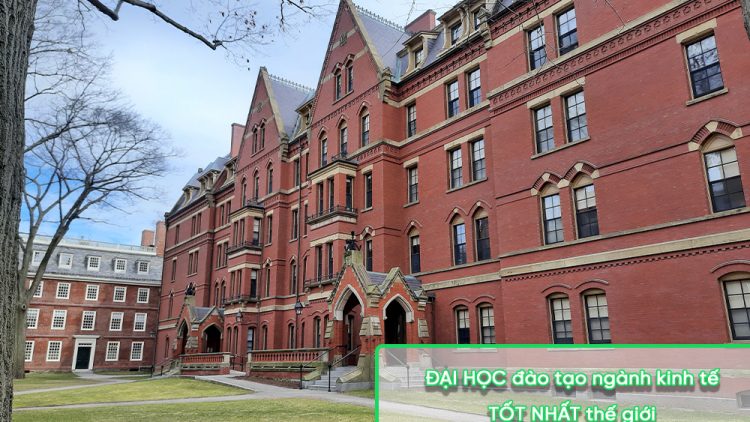ITT – If you get D in an Australian university exam, you should be happy that D is the second best result on the rating scale, just behind HD. This is one of the 8 things international students need to know about Australia.
- Visa is required
Unlike other EU countries, to study in Australia, you need a visa. Basically, applying for a student visa goes through the same steps as a tourist visa, but it is more difficult and requires more financial as well as submission with the school’s admission permit. The cost to complete the student visa application process is relatively high, if you only attend a short-term exchange course of less than three months, you should apply for a tourist visa.
- Expensive costs
Australia’s cost of living is not cheap, so international students need to know about Australia when deciding to study abroad, especially the most expensive is Melbourne and Sydney. While studying, international students are allowed to work 40 hours in 2 weeks and are not limited during holidays and between semesters. Each student can earn 10 – 18 AUD (155,000 – 280,000 VND) an hour.
- There is a different ranking system
If you get a D on an Australian university exam, this is absolutely not the worst. Many international students are shocked to know that D is the second best result on the scale, behind only HD. The grading system in Australia is as follows: HD = A +, D = A, C = B, P = C, N = F.
- Melbourne is the third most popular study abroad city in the world
According to the latest rankings of QS, Melbourne is very popular with students and is considered the third best in the world to study abroad.
- Sydney is also an attractive destination
After Melbourne, Sydney is also a great place to study with a large number of universities – colleges with good teaching quality. In Sydney, you also have more job opportunities thanks to the growth of industry, commerce and tourism.
- English is not the only language
Although popular, English is not the only language in Australia because it has more than 25% of the population being non-indigenous. In fact, more than 200 languages and dialects are spoken in parts of Australia.
- Many slang words
Australians have a habit of shortening words through writing and pronunciation. Some common shortened phrases that international students need to know about Australia are: “Mell-bun” instead of “Mel-Bourne”, “mozzies” (mosquitoes), “barbie” (barbeque), “arvo” (afternoon), “preso” (presentation)…
- Pay attention to the driving rules
When you are ready to pursue Australian education, you should know the driving rules here. Australians drive on the left side and more than 60% of cars are automatic transmissions.

 Tiếng Việt
Tiếng Việt


